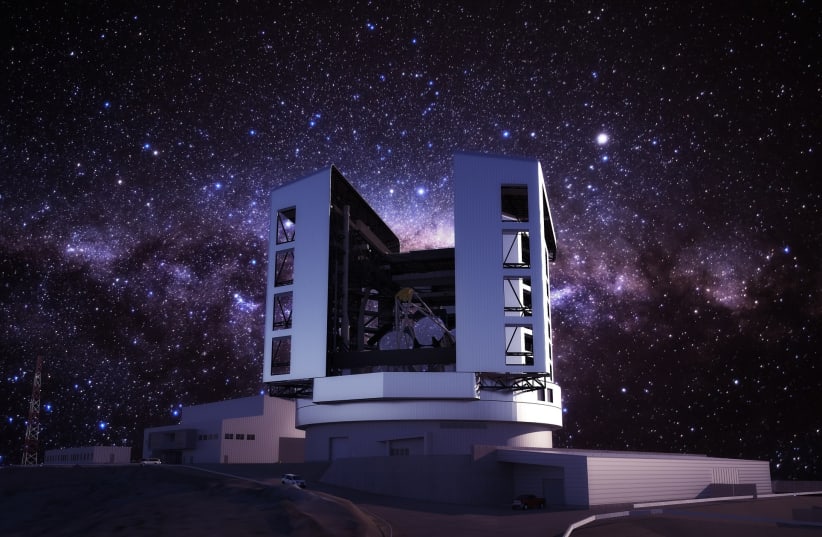The GMTO (Giant Magellan Telescope Organization) Corporation welcomed Israel’s Weizmann Institute of Science into its international consortium of distinguished universities and research institutions building the giant telescope last September.
The partnership between Israel’s leading multidisciplinary research institution and the next-gen telescope organization reinforces the understanding that completing the Giant Magellan Telescope – the largest and most powerful optical-infrared telescope ever developed – is of the utmost importance to the global scientific community.
The telescope is being constructed in Chile’s Atacama Desert– one of the highest and driest regions on Earth. The magnificent conditions should allow for an unobstructed view nearly every night.
Engineering of the Giant Magellan has been ongoing. The telescope uses seven of the world’s largest mirrors and advanced optics technology to see billions of light-years into the universe – providing imagery at ten times the resolution of the famed Hubble Space Telescope. The revolutionary picture quality will enable scientists around the globe to explore new clues on the universe’s evolution, including the search for life on distant exoplanets.
Why is the development of telescopes so crucial to scientific advancement? It's important to remember that as recently as 100 years ago, scientists thought the “Milky Way” was the entire universe– the only galaxy in the world. However, the 1920s brought Edwin Hubble (after whom the Hubble Telescope was named), who used his famous 100-inch telescope to determine that the universe actually contained multiple galaxies.
While the discoveries made by new telescope technology are impressive, perhaps most impressive of all is how these telescopes will help us answer the universe’s toughest questions, "Are we alone?" being chief among them. The Giant Magellan Telescope may help us answer that.
“Joining the GMTO consortium is a huge leap forward for the Weizmann Institute of Science,” according to Prof. Avishay Gal-Yam, head of the Deloro Center for Space and Optics at the Weizmann Institute. “It is a privilege to join a global team on the forefront of astrophysics research, which will allow us to accelerate our own observatory capabilities, develop instruments that will elevate the way the world’s leading astrophysics teams explore the universe and share expertise with the top partners in the field of astrophysics.”
Before becoming the 13th official member of the GMTO's project, faculty at Weizmann helped generate one of the first scientific instruments for the Giant Magellan Telescope: a spectrograph designed to study Earth-like planets light-years away.
“The addition of the Weizmann Institute of Science is a giant win for our international consortium,” GTMO board chairman Walter Massey said. “We just became stronger and more capable. Their expertise is mission-critical for pointing the world’s largest mirrors toward the heavens and unlocking its many cosmic secrets.”

